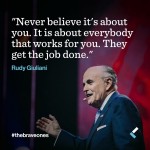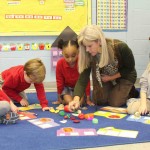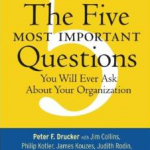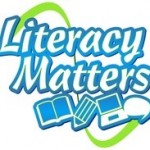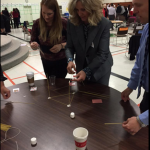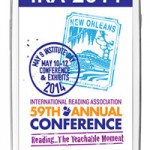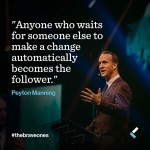Day 21
 How does one evaluate a good day? For me it is usually connected to learning something new or having someone push my thinking. In using that standard of measure, today was an outstanding day! It started with a meeting of passionate, dedicated administrators who are committed to supporting the learning of their colleagues in the area of French as a Second Language. As we were taking part in a provincial webconference, we were learning about initiatives that other boards are using in the same quest to mobilize knowledge about FSL. My first nugget of the day was to learn that QR code stands for quick response. Although I use QR codes and even know how to create them, today I learned their full name. Something small… but new learning! Our discussion this morning was very intriguing and I was once again reminded how important those tough “how do you change the world” discussions are. Although we didn’t change the world, we did come up with some short term, manageable solutions to support our colleagues. This group has committed the gift of knowledge and time to their fellow colleagues as we work towards positive hiring practices. I was honoured to work with them today!
How does one evaluate a good day? For me it is usually connected to learning something new or having someone push my thinking. In using that standard of measure, today was an outstanding day! It started with a meeting of passionate, dedicated administrators who are committed to supporting the learning of their colleagues in the area of French as a Second Language. As we were taking part in a provincial webconference, we were learning about initiatives that other boards are using in the same quest to mobilize knowledge about FSL. My first nugget of the day was to learn that QR code stands for quick response. Although I use QR codes and even know how to create them, today I learned their full name. Something small… but new learning! Our discussion this morning was very intriguing and I was once again reminded how important those tough “how do you change the world” discussions are. Although we didn’t change the world, we did come up with some short term, manageable solutions to support our colleagues. This group has committed the gift of knowledge and time to their fellow colleagues as we work towards positive hiring practices. I was honoured to work with them today!
As my day continued, I was pleased to be invited to a presentation about a new assessment/documentation online tool. Although the technical aspects of the program were not new or anything that I haven’t used in the past, the potential for this program to significantly impact how teachers document learning, how they communicate with parents and how students can be active participants in selecting what is chosen for assessment was exciting. My thinking was definitely challenged as I started to think about a possible implementation of this new tool. I appreciate such opportunities when they come my way!
And it’s only noon by this point in the day….
In the afternoon, the old brain cells continued to get a work out as our Board Improvement Plan committee tackled big system questions about measuring Achievement and Learning as well as Instructional Leadership. I’m not sure that our intended goal was met, but I left the meeting with a renewed sense of the power of ensuring that the conditions are set for learning conversations. I appreciate any opportunity to have my thinking challenged and to engage in conversations that challenge the thinking of others.
Learning is such a social experience and I was reminded of that today as I had the opportunity to interact with such a variety of colleagues on a variety of topics. Thanks to everyone who had an impact on making today an outstanding day!
How do you evaluate a good day?
Come write with me…….

